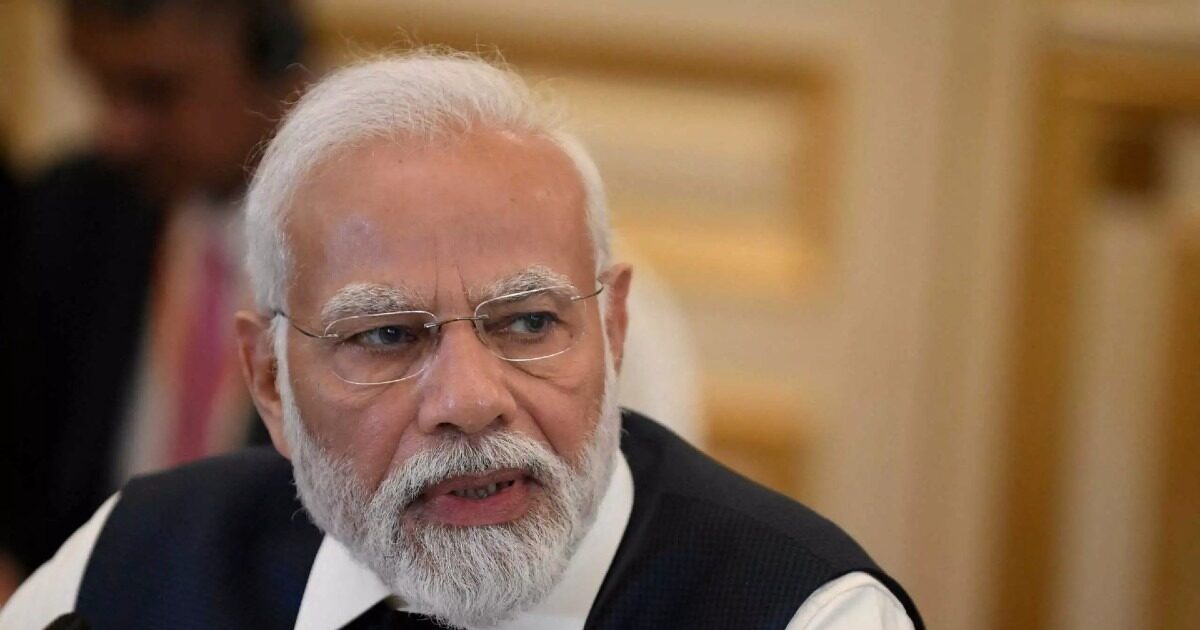Damage to its already burdened economy India will bring the add -ons duties imposed by US President Donald Trump, shrinking its GDP, according to analysts.
Trump doubled on Thursday (07.08.2025) the tariffs on India’s products at 50% as a penalty for the purchase of Russian oil in a move that could make many of its exports to its industries USA non -competitive, and impacting the development of GDP her.
Cumulative duties, higher not only than those imposed on India’s export competitors, such as Vietnam, but also by those imposed on China, could reduce exports to the US by 60% and reduce GDP by about 1%, according to Bloomberg Economics estimates. India’s central bank predicts that the economy will grow by 6.5% in the financial year 2026, the same as last year and well below the 8% growth average observed before it.
“The overall impact on GDP could be even greater, reaching 1.1% in the medium term,” once the duties in areas such as medicinal products and electronics are announced, analysts Chetna Kumar and Adam Farrar wrote.
Analysts estimate that new duties, which will come into force in 21 days, will hurt exports from labor sectors, such as precious gems and jewelry, textile products and footwear, with the potential to stop activity in these products. This move is also expected to force India to seek active alternative markets.
New Delhi described the move as “unfair and unjustified”, criticizing Trump for the fact that he stood out in India, and other countries buy oil from Moscow.
Sonal Varma and Aurodep Nandi, Nomura Holdings economists, said the 50% duty would be similar to a “commercial embargo and will lead to a sudden interruption of exports of the affected products”.
Low added value and low profit margins in many sectors will make it difficult for the smaller businesses, they added. The US is India’s largest export destination, representing almost one fifth of all exports.
Citigroup’s Samiran Chakraborty said exports would become “economically unsustainable” and that “a linear estimate of the impact can be derogatory”.
India’s current and capital flows will also be under pressure, Chakraborty said. With Rupia near its historic low, the central bank may need to intervene to alleviate any abrupt devaluation, he said.
Citigroup estimates that higher duties are at risk of reducing annual growth by 0.6-0.8 percentage points.
The government does not expect the damage to be so serious.
Dammu Ravi, Secretary of Financial Relations at the Ministry of Foreign Affairs in India, said India would consider other opportunities if the US becomes “difficult for exports”, citing South Asia, Africa and Latin America as possible markets.
“It is very natural for countries to seek alternatives when they are affected by a duty wall in any part of the world,” he said.
If high duties remain, analysts expect political support from the government and the Central Bank of India to stimulate growth.
RBI may make two reductions by 0.25% each, in addition to reducing the interest rate by 25 base points already taken into account, Morgan Stanley’s Bani Gambhir and Upasana Chachra Chachra wrote in a note to their clients. The Central Bank maintained interest rates unchanged on Wednesday, as policy makers chose an approach to waiting and monitoring in the midst of duties.
